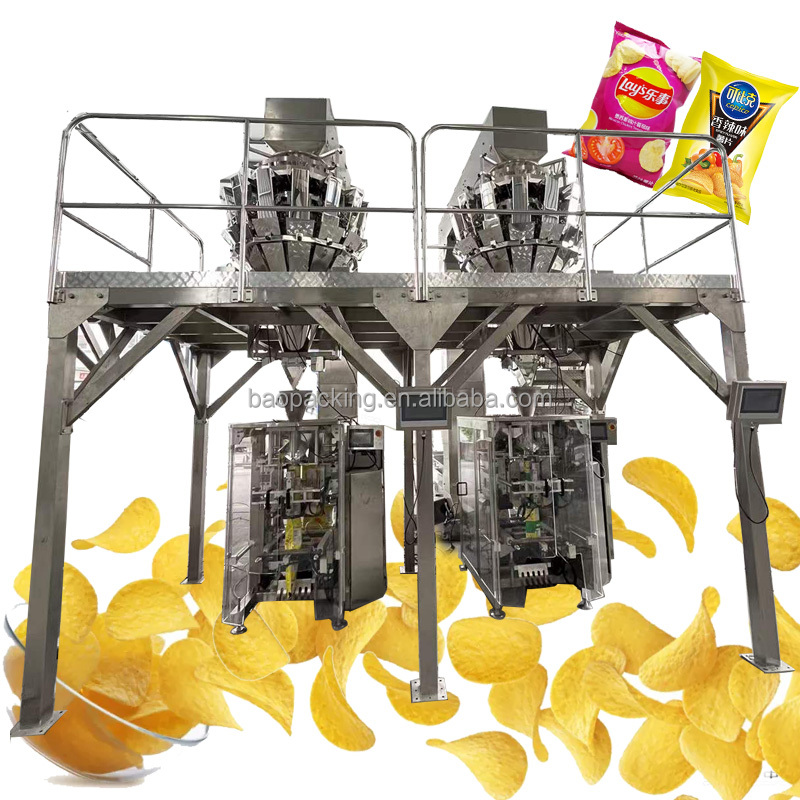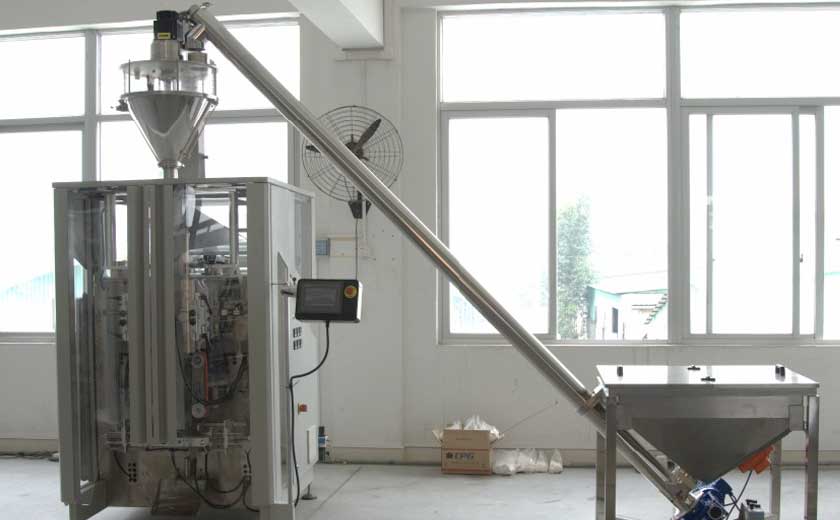How to Prevent Contamination with Weighing Packaging Machines
In the food industry, ensuring the safety and quality of packaged products is paramount. Weighing packaging machines play a crucial role in this process, as they measure and dispense precise amounts of products into containers. However, if these machines are not properly maintained and operated, they can become a source of contamination, potentially compromising product integrity and consumer health. Here’s a comprehensive guide on how to prevent contamination with weighing packaging machines.
Hygiene Practices
Regular cleaning and sanitation: Establish a rigorous cleaning and sanitation schedule for all machine components that come into contact with products. Use food-grade detergents and disinfectants to remove dirt, debris, and microorganisms.
Employee hygiene: Train employees on proper hygiene practices, including handwashing, wearing clean uniforms, and avoiding contact with food surfaces with bare hands.
Pest control: Implement a comprehensive pest control program to prevent rodents, insects, and other pests from entering the production area and contaminating products or equipment.
Machine Maintenance and Calibration
Regular maintenance: Perform regular inspections and maintenance on weighing packaging machines according to the manufacturer’s instructions. Check for any mechanical issues, wear and tear, and replace worn or damaged parts promptly.
Calibration: Ensure that weighing packaging machines are calibrated regularly to maintain accuracy and prevent under- or over-filling, which can lead to product shortages or spoilage.
Proper lubrication: Use food-grade lubricants specifically designed for weighing packaging machines to prevent metal-on-metal contact and reduce friction.
Product Handling
Proper storage: Store raw materials and packaged products in clean, dry, and pest-free areas. Follow FIFO (first-in, first-out) inventory management practices to ensure that older products are used before newer ones.
Minimizing product exposure: Design packaging machines to minimize product exposure during the packaging process. Use enclosed conveyors, chutes, and packaging materials to prevent contamination from the surrounding environment.
Product sampling and testing: Conduct regular product sampling and testing to verify the absence of contaminants. Use appropriate methods such as metal detectors, X-ray inspection systems, and microbiological testing to ensure product safety.
Environmental Control
Temperature and humidity control: Maintain optimal temperature and humidity levels in the production area to prevent condensation and microbial growth.
Air filtration: Install air filtration systems to remove airborne contaminants, such as dust, bacteria, and viruses, from the production environment.
Facility design: Design production facilities with smooth, easy-to-clean surfaces and minimize areas where dirt and debris can accumulate.
Traceability and Documentation
Lot numbers and traceability: Implement a lot numbering system to track products through the packaging process. This allows for efficient product recall in case of contamination detection.
Documentation and record-keeping: Document all cleaning, sanitation, maintenance, and calibration procedures. Maintain detailed records to prove compliance with food safety regulations.
-
Overview of Packaging Machine Buying Guides
08-01-2024 -
How Does a Vertical Form Fill Seal Machine Work?
30-10-2023 -
Advancements in Auger Powder Filling Technology
27-10-2023 -
A Deep Dive into Automatic Packaging Machines
26-10-2023 -
The Revolutionary Fully Automatic Potato Chips Packaging Machine
20-09-2023 -
How to choose the right packaging machine?
23-08-2023 -
Reducing Waste And Maximizing Yield With Multihead Weigher Machines
15-03-2023 -
Nuts Packaging Machine for Dry Products Perservation
26-11-2022 -
Is Automated Biscuit Packaging Machine Better Than Manual Opeartion?
25-11-2022













